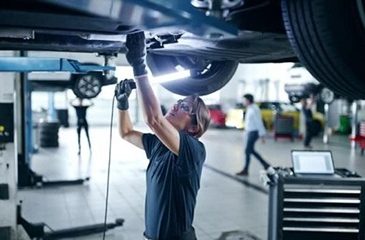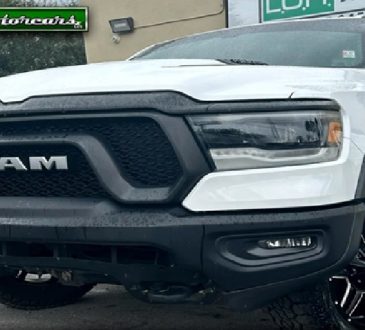
A rotary engine is basically an internal combustion engine used by various vehicle types, including trucks, cars, planes, and boats. Rotary engines have been functional for a very long time. Until the 1920s, these engines were the most effectively utilized engine forms. Check out Orbimotors to purchase used car engines. Rotary engines are like traditional piston engines. They perform basically four tasks to power the vehicle:
- Intake
- Compression
- Combustion
- Exhaust
These engines work in a very different manner than the usual engines that we are used to.
Functioning of Rotary engines
Air is taken in the engine via an intake valve similar to a typical piston engine. Once the air is in, it is pumped into an internal chamber through an intake port. Inside the chamber, compression takes place. A triangular-shaped order forms gas-tight seals. These gas-tight seals perform similar roles as pistons in a conventional engine. Due to the unusual form of the rotor, the three gas volumes contract and expand as the rotor continues to spin, bringing in additional air and fuel.
The mix of fuel and air is then ignited when the pressure peaks insight each of the gas chambers. Following this, the gases are drawn away from the engine housing via an exhaust port and discharged through a tailpipe. This provides power that is then delivered to the drivetrain by the output shaft.
In the case of Rotary engines, the temperature is maintained by a cooling system that has cooling channels lining the exterior lesion of combustion housing. This is similar to a typical piston engine. Those channels are also used for oil circulation to lubricate the routers, the output shaft, and the other moving parts of the valve.
Components of Rotary engineering
Even though Rotary engines look extremely intricate, they contain lesser moving components and parts than piston engines. To understand better, how Rotary engines function, here are the fundamental components:
Rotor
The rotor is three-sided with concave sides that are specifically designed to create gas-tight seals when it is pressed against the side of the housing. A pocket air intake is present on each of the rotor’s faces that enables a large amount of gas to enter the housing, boosting the displacement rate of the engine.
The rotor gets driven by gears connected to the shaft in the housing center. These gears allow it to rotate so that the edge of the rotor on each side is always in housings contact. This results in three separate combustion pockets.
Housing
The Rotary engine’s main body acts as the housing. It has an oval shape that helps maximize the engine’s displacement while letting the rotor spin with its edges in contact with the inner wall of the housing.
The gas pockets travel through four phases of the combustion cycle when the rotor turns. The fuel injectors and spark plugs are placed directly inside the housing wall, while coolant and oil are passed through channels present on the outside. These have the function of maintaining the temperature and integrity of the system.




